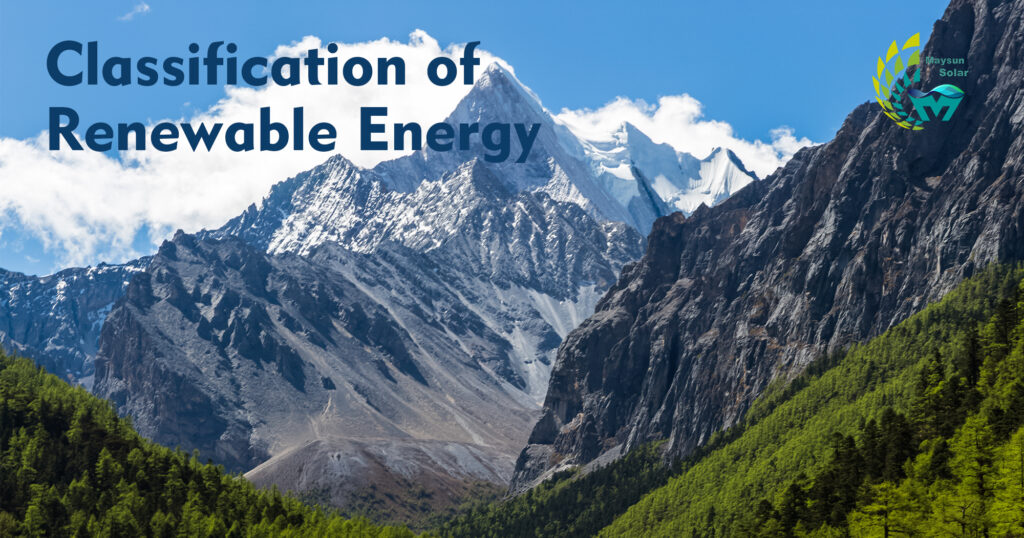Renewable energy refers to wind energy, solar energy, water energy, biomass energy, geothermal energy and other non-fossil energy, which is clean energy. Green and low-carbon energy is of great significance for improving the energy structure, protecting the ecological environment, coping with climate change and realizing sustainable economic and social development. Here are some of the renewable energy sources that are common today.
1. Wind energy
Wind power station construction, in the coastal, plateau and other areas, wind energy resources are rich, not only can realize the daily supply of electricity, but also clean and pollution-free. Wind farms use turbines to capture wind flow energy and convert it into electricity. Technically, wind energy is a form of solar energy. The phenomenon we call “wind” is caused by temperature differences in the atmosphere plus the rotation of the Earth and the geography of the Earth.
Benefits
Wind energy does not produce carbon dioxide, nor does it release any harmful products that contribute to environmental degradation or negatively affect human health, such as smoke, acid rain, or other heat-trapping gases. Investing in wind technology can also open up new avenues for jobs and job training, since turbines on farms need to be maintained and maintained to keep them running.
The current limit
Because wind farms tend to be built in rural or remote areas, they are often far from the bustling cities where electricity is most needed. Wind energy has to be transported along transition lines, resulting in higher costs. Wind turbines dominate the skyline creating noise and threatening local wildlife such as birds.
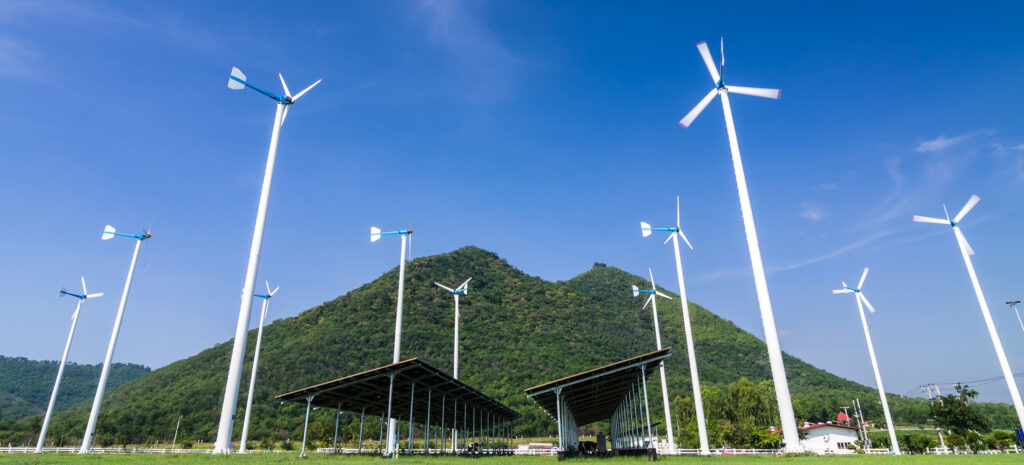
2. Water energy
Water energy is a renewable energy source, and water energy is mainly used for hydropower generation. Hydropower converts the potential and kinetic energy of water into electricity. The advantages of hydropower are low cost, continuous renewable, and pollution-free.
Benefits
Hydropower is widely used, and is suitable for both large and small projects.
The current limit
The distribution of hydropower is limited by natural conditions such as hydrology, climate and geomorphology. Storage systems may need to use fossil fuels to pump water. It can disrupt waterways and negatively affect the animals that live in them, altering water levels, flows, and migration paths for many fish and other freshwater ecosystems.
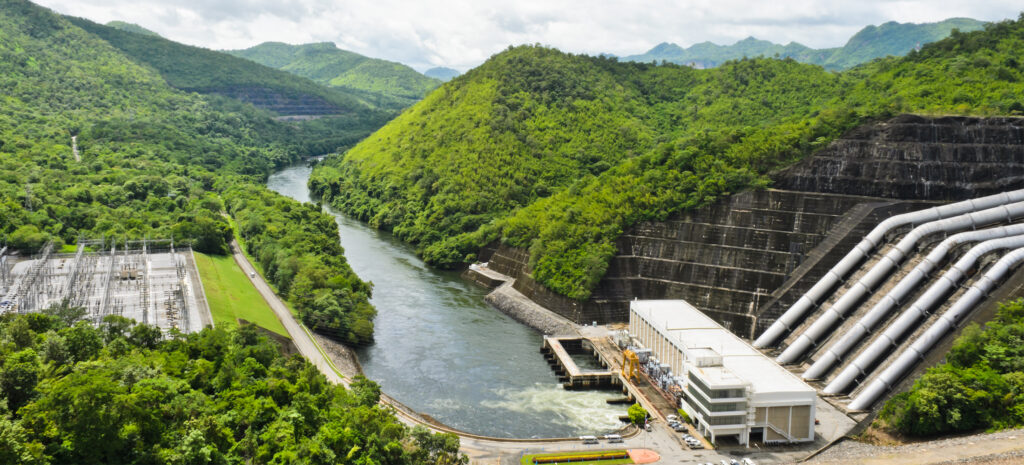
3. Solar energy
Solar energy is obtained by capturing radiant energy from sunlight and converting it into heat, electricity or hot water. Photovoltaic systems convert direct sunlight into electricity by using solar cells.
Benefits
Solar energy is inexhaustible, and relying on it instead of fossil fuels can also help us improve public health and environmental conditions. Solar can also eliminate energy costs in the long run and reduce your energy bills in the short term. Many countries and regions have also incentivized investment in solar energy by offering rebates or tax credits.
The current limit
Large upfront investment. For individual homes, homeowners also need plenty of sunlight and space to arrange their solar panels.
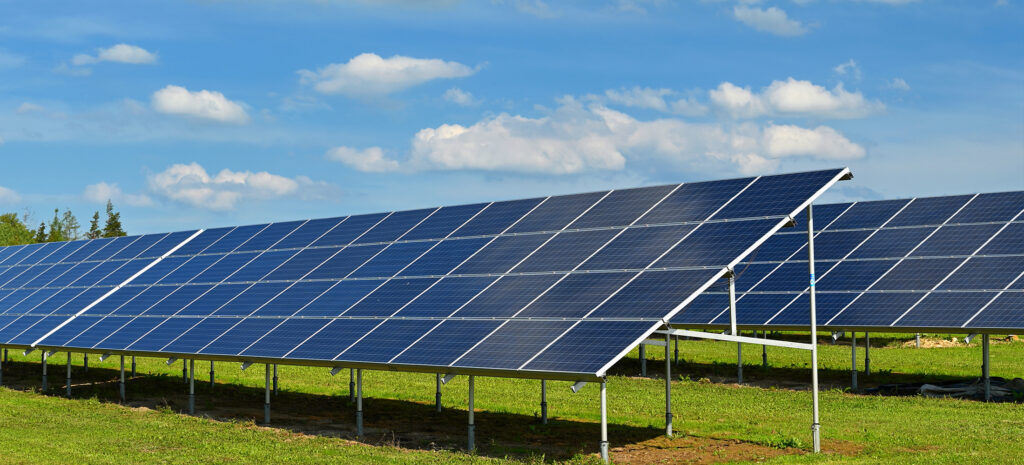
4. Geothermal energy
Geothermal energy is natural heat extracted from the Earth’s crust. This energy comes from the molten rock inside the Earth and exists as heat. People have been using geothermal energy for a long time, for example, using hot springs for bathing and medical treatment, underground hot water for heating, building crop greenhouses, aquaculture and dry cereals.
Current limitations
When it comes to the drawbacks of geothermal energy, the cost is a major factor. Not only is the infrastructure expensive to build, but another major problem is its vulnerability to earthquakes in some parts of the world.
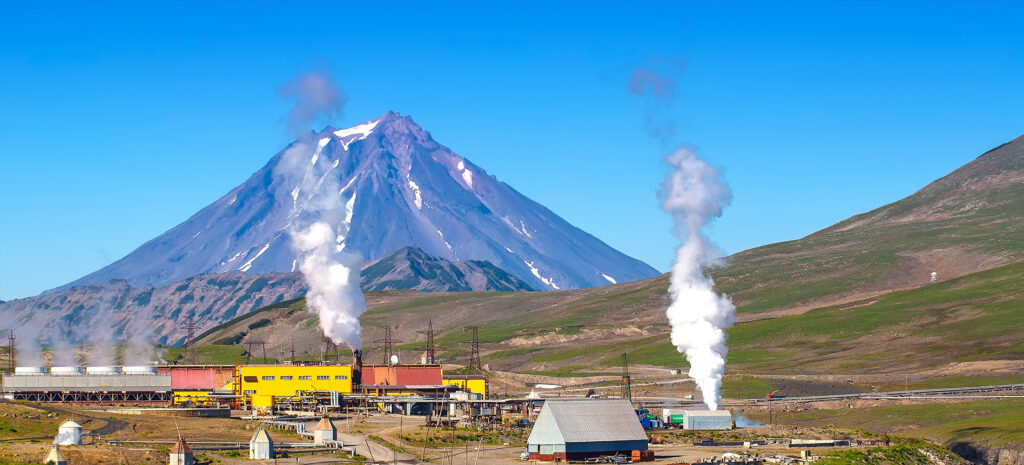
5. Biomass energy
Bioenergy is a renewable energy source derived from biomass. Biomass is organic material from recently living plants and organisms. This can be done by burning biomass or using biogas, which is produced by the natural breakdown of organic materials in ponds or even landfills.
Benefits
The use of biomass in energy production produces carbon dioxide emitted into the air, but the regeneration of plants consumes the same amount of carbon dioxide, which is said to create a balanced atmosphere.
The current limit
Even though new plants need carbon dioxide to grow, plants take time to grow. We don’t yet have extensive technologies that can replace fossil fuels with biomass.

6.Ocean energy resources
The ocean can produce two types of energy: heat and mechanical energy. Ocean thermal energy relies on the surface temperature of warm water to generate energy through a variety of different systems. Ocean mechanical energy uses the ebb and flow of the tides to generate energy, which is generated by the rotation of the Earth and the gravitational pull of the moon.
Benefits
Unlike other forms of renewable energy, wave energy is predictable. This type of renewable energy is also abundant, and the most populous cities tend to be close to the ocean and ports, making it easier to harness this energy for local residents.
The current limit
People living in landlocked countries or regions do not have ready access to such energy. And it could disturb many of the ocean’s fragile ecosystems. While it is a very clean source of energy, large machinery needs to be built nearby to help capture this form of energy, which can damage the sea floor and the Marine life that inhabits it. In addition, the impact of the weather is also greater.

Maysun Solar is a professional solar panel manufacturer, which works in solar energy industry for more than 14 years. If you want take part in renewable energy, why not choose solar energy, feel free to contact us.

